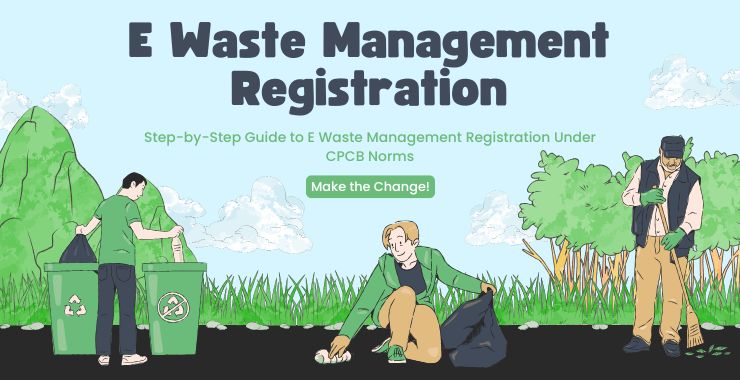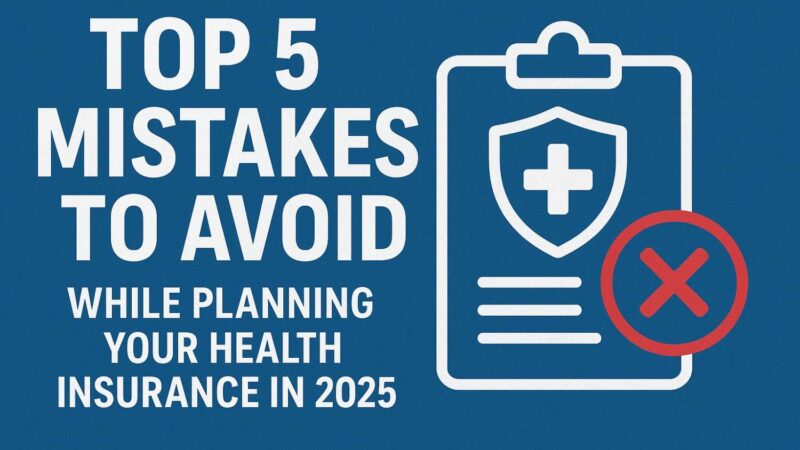Step-by-Step Guide to E Waste Management Registration Under CPCB Norms – Ewour

In today’s digital age, electronic devices have become an essential part of our lives. However, with rapid technological advancement comes the increased generation of electronic waste, commonly known as e-waste. Effective management of this e-waste is not just a responsibility—it is a legal necessity. This is where the E Waste Management Registration comes into play, especially under the guidelines set by the Central Pollution Control Board (CPCB).
In this comprehensive guide, we’ll walk you through every step of the E Waste Management Registration process under CPCB norms, and how businesses can stay compliant by obtaining their EPR Registration for E-waste and EPR Certificate in India.
What is E-Waste Management Registration?
E Waste Management Registration is a regulatory requirement for producers, manufacturers, importers, and brand owners (commonly referred to as PIBOs) involved in the production or distribution of electrical and electronic equipment. The objective is to ensure the proper collection, recycling, and disposal of electronic waste, thereby reducing environmental harm.
Under the E-Waste (Management) Rules, 2016, amended from time to time, the CPCB mandates companies to register and implement an Extended Producer Responsibility (EPR) plan. This is formalized through EPR Registration in India.
Step-by-Step Process for E Waste Management Registration
Step 1: Understanding Applicability
Before proceeding, determine whether your business falls under the category that requires E Waste Management Registration. This generally includes:
- Manufacturers of electrical and electronic equipment (EEE)
- Importers of EEE
- Brand owners placing EEE in the Indian market
If your organization fits into any of the above, you must apply for EPR E-Waste Registration from CPCB.
Step 2: Documentation Preparation
You’ll need the following documents to initiate the EPR Registration for E-waste:
- Company PAN Card
- GST Certificate
- IEC Certificate (for importers)
- Incorporation Certificate or Partnership Deed
- Product details with categories as per CPCB guidelines
- Authorization letter
- Website & technical details of recyclers (if applicable)
Step 3: Online Registration on CPCB Portal
Visit the official CPCB EPR portal and create a user account. Once logged in:
- Fill in organizational details.
- Upload the required documents.
- Provide your proposed EPR Plan, including collection mechanism and recycling partners.
This is a crucial step to ensure your EPR Certificate in India is processed efficiently.
Step 4: Submission and Review
Once your application is submitted, CPCB officials will review the documents and the EPR Plan. If needed, they may seek clarifications or additional information.
It’s advisable to partner with an expert like Ewour Waste Management to handle this process seamlessly.
Step 5: Grant of EPR Authorization
Upon successful review, CPCB issues the EPR Certificate Plastic Waste Management or EPR E-Waste Registration from CPCB depending on the nature of your business. This authorization is valid for a specific period, generally five years.
Importance of EPR Registration in India
- Legal Compliance: Companies dealing with EEE must obtain EPR Registration in India to avoid penalties.
- Environmental Responsibility: Encourages ethical disposal and recycling of e-waste.
- Brand Value: Positions your brand as environmentally responsible.
- Regulatory Benefits: Companies with EPR Certificate in India can benefit from government schemes and contracts.
Why Choose Ewour Waste Management?
Ewour Waste Management, based in Sector 63, Noida, is a trusted name in the field of E Waste Management Registration. Our team offers complete assistance from documentation to CPCB approvals, ensuring a hassle-free experience.
We provide:
- Customized solutions for EPR Registration for E-waste
- Support for EPR Certificate Plastic Waste Management
- Liaison services with certified recyclers
- Compliance with EPR E-Waste Registration from CPCB
Reach us at: E-2 LL4, Sector 63, Noida, Gautam Budha Nagar, Uttar Pradesh – 201301
+91 958 282 7375 | 1800 889 0452
info@ewour.com
www.ewour.com
Frequently Asked Questions (FAQs)
What is EPR in e-waste management?
EPR stands for Extended Producer Responsibility. It mandates producers to take responsibility for the end-of-life disposal of electronic products.
Who needs to apply for E Waste Management Registration?
Manufacturers, importers, and brand owners dealing with electrical and electronic equipment in India must apply.
How long does it take to get the EPR Certificate in India?
The timeline varies but generally takes 4 to 8 weeks after submission of complete documentation.
Is EPR Registration mandatory for small businesses?
Yes, if you are involved in producing, importing, or selling EEE, EPR registration is mandatory, regardless of the size of your business.
Can Ewour assist with both plastic and e-waste EPR certification?
Absolutely! Ewour provides expert solutions for both EPR Certificate Plastic Waste Management and EPR Registration for E-waste.
Conclusion
Effective E Waste Management Registration is not just a regulatory requirement—it’s a crucial step toward environmental sustainability and corporate responsibility. With the rising impact of electronic waste on our ecosystem, businesses must align with CPCB norms and obtain their EPR Registration for E-waste and EPR Certificate in India to ensure legal compliance and eco-friendly practices.
By following the steps outlined in this guide and partnering with experienced consultants like Ewour Waste Management, organizations can streamline their EPR Registration in India and contribute meaningfully to a cleaner, greener future. Whether it’s plastic waste or electronic waste, Ewour stands ready to support your journey to compliance.


